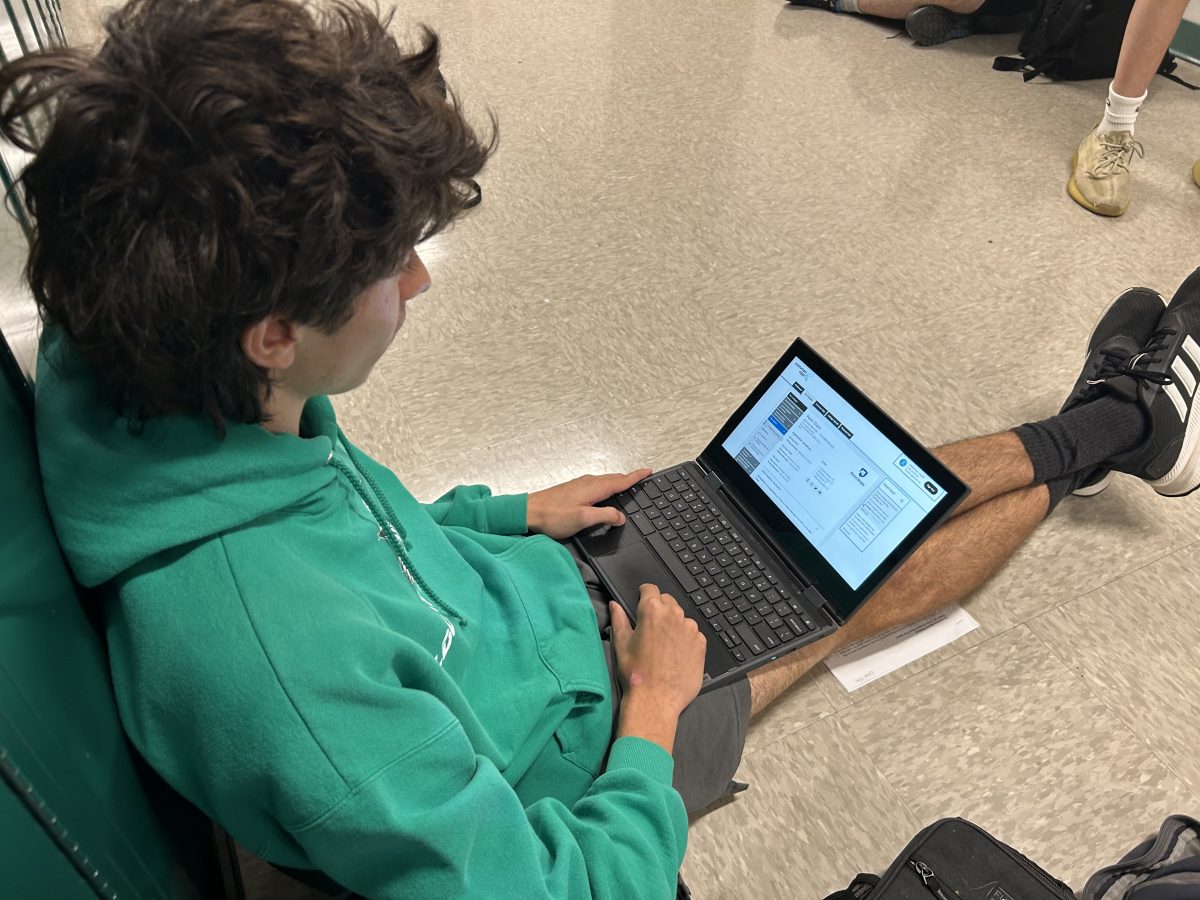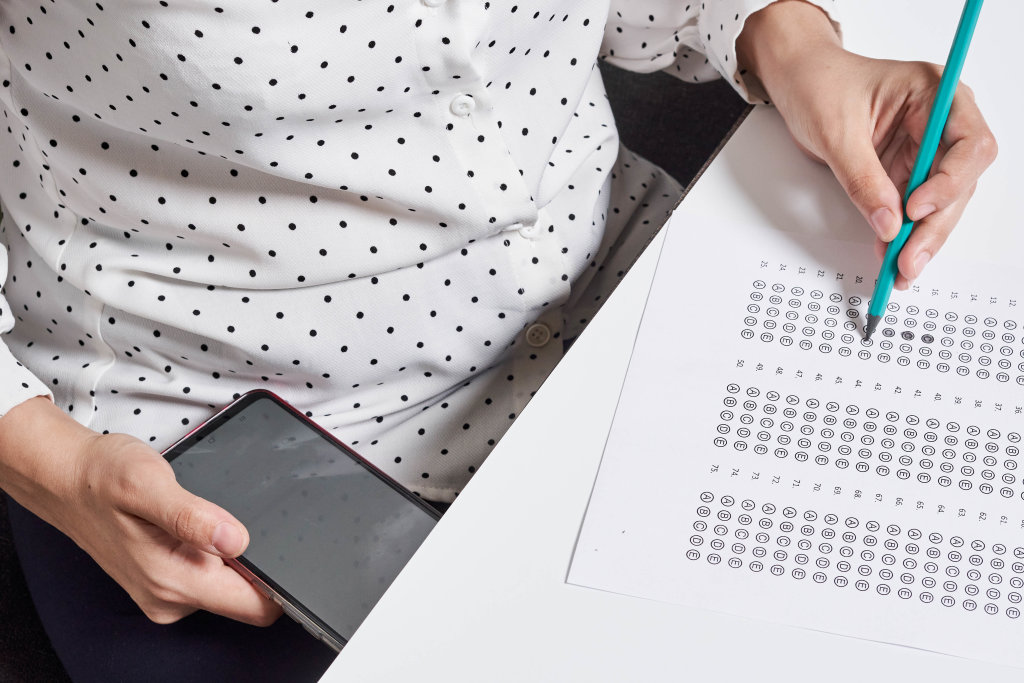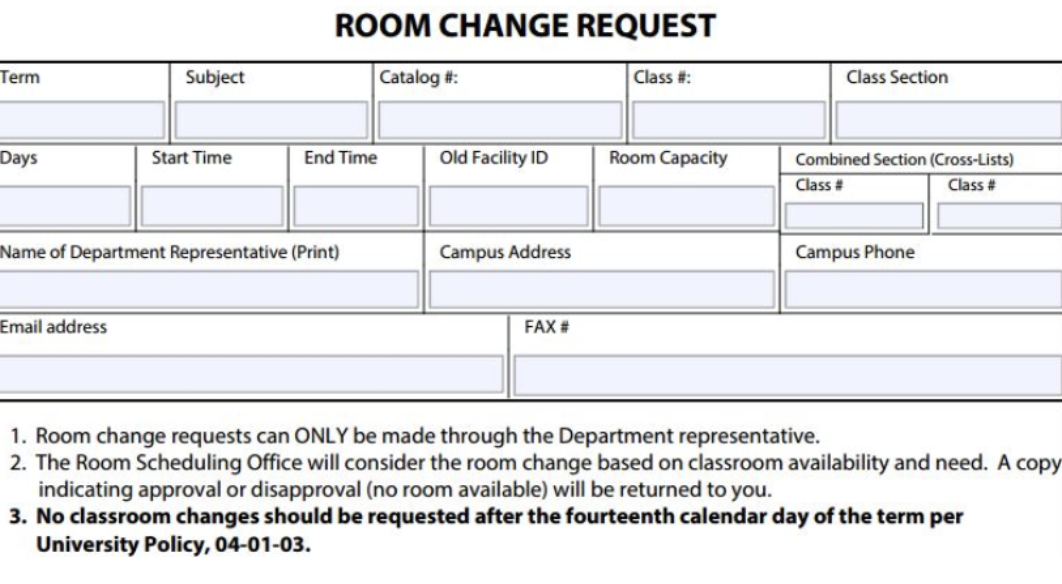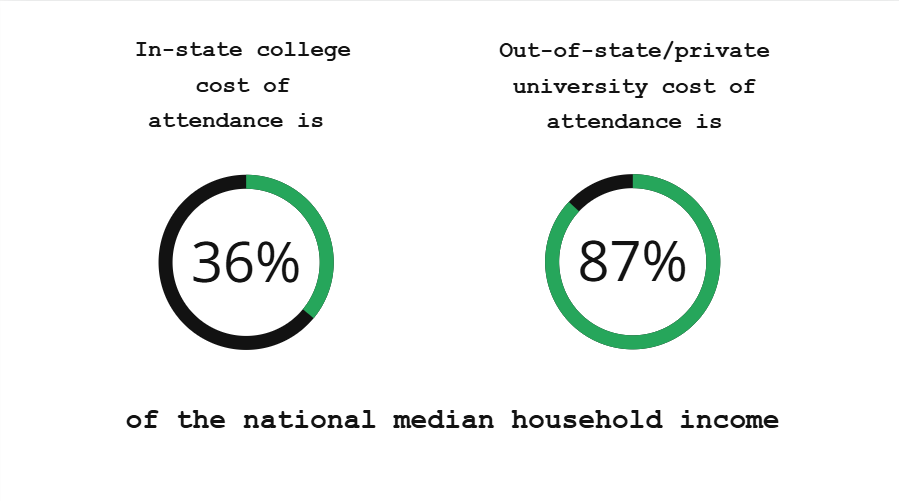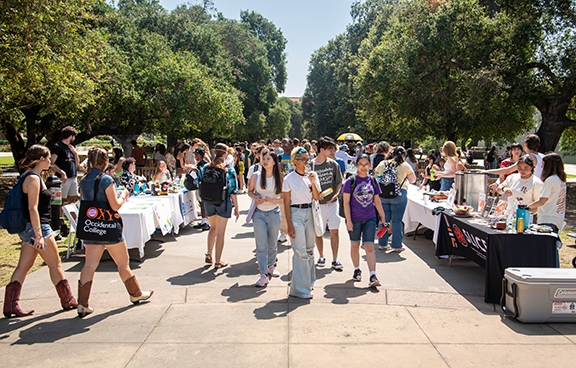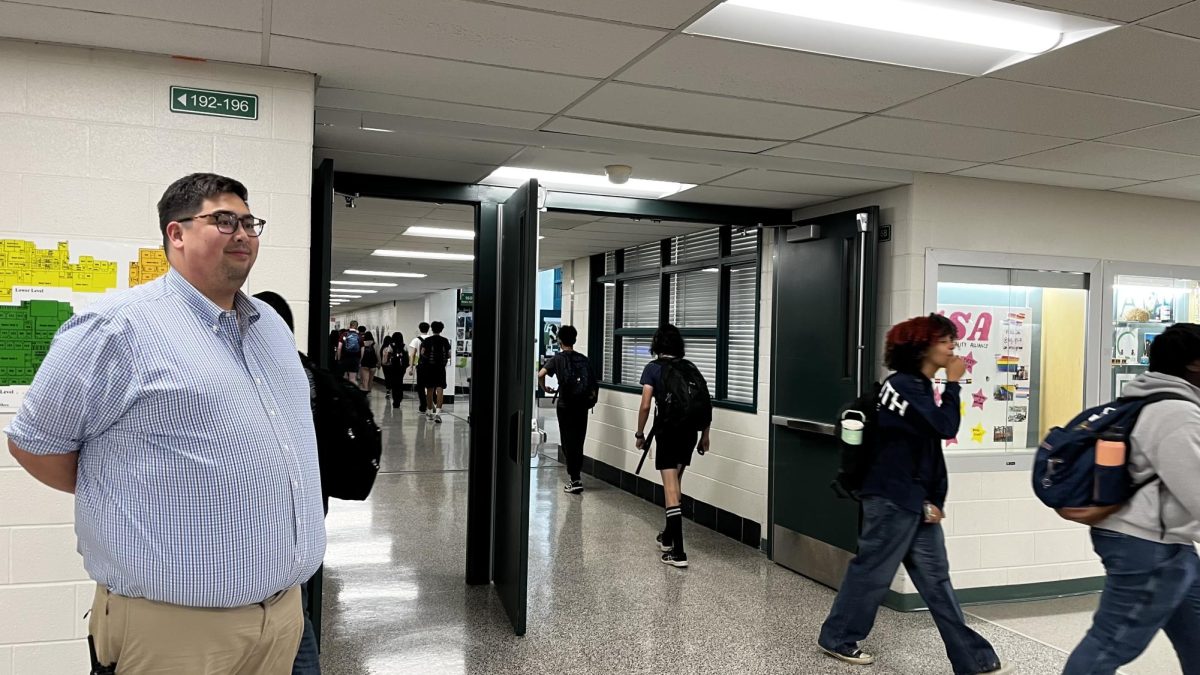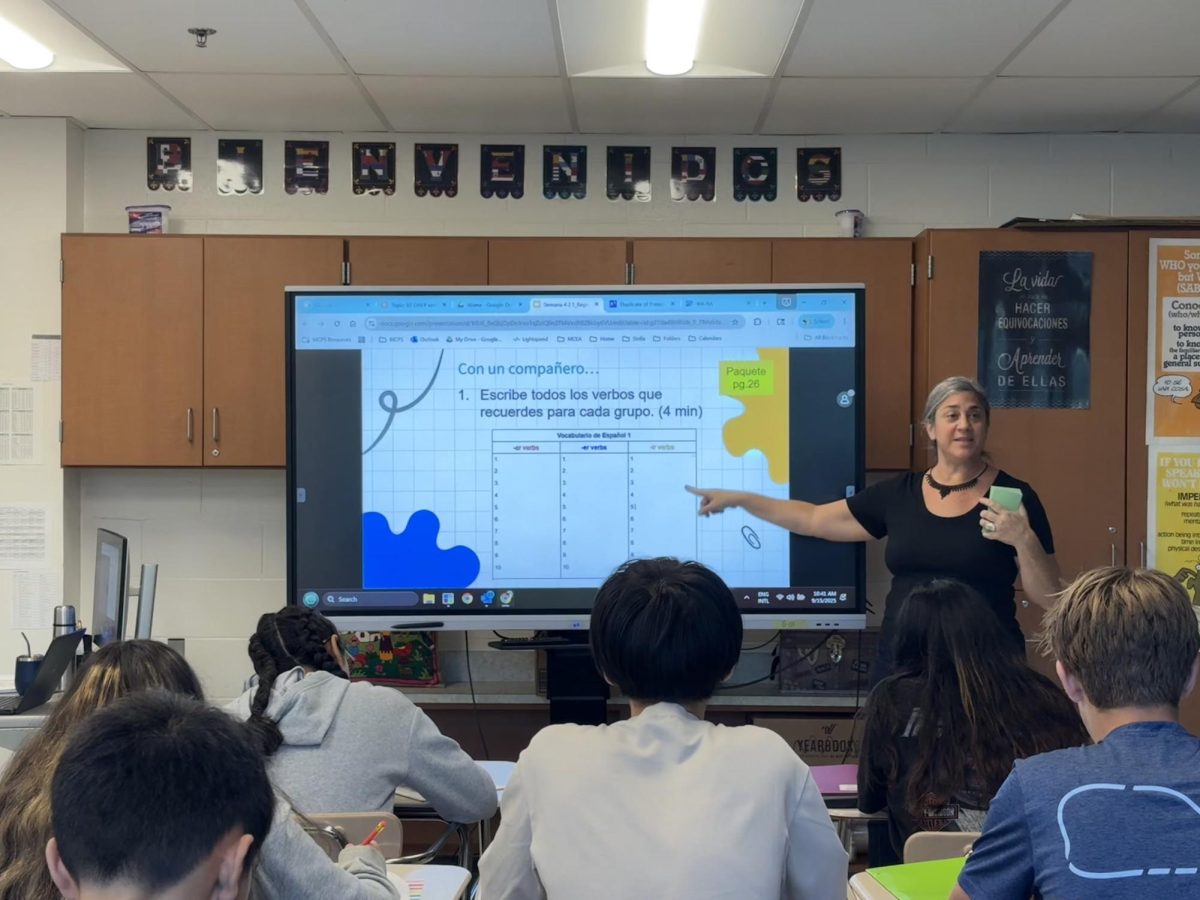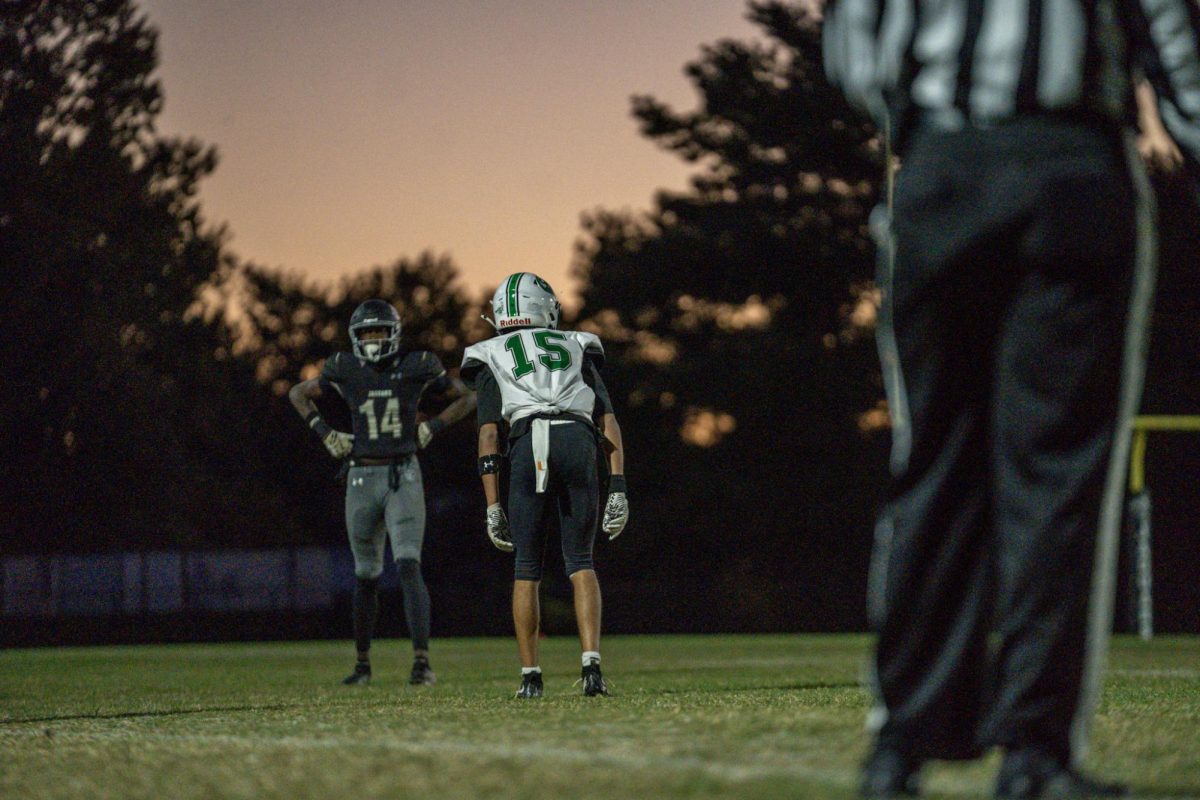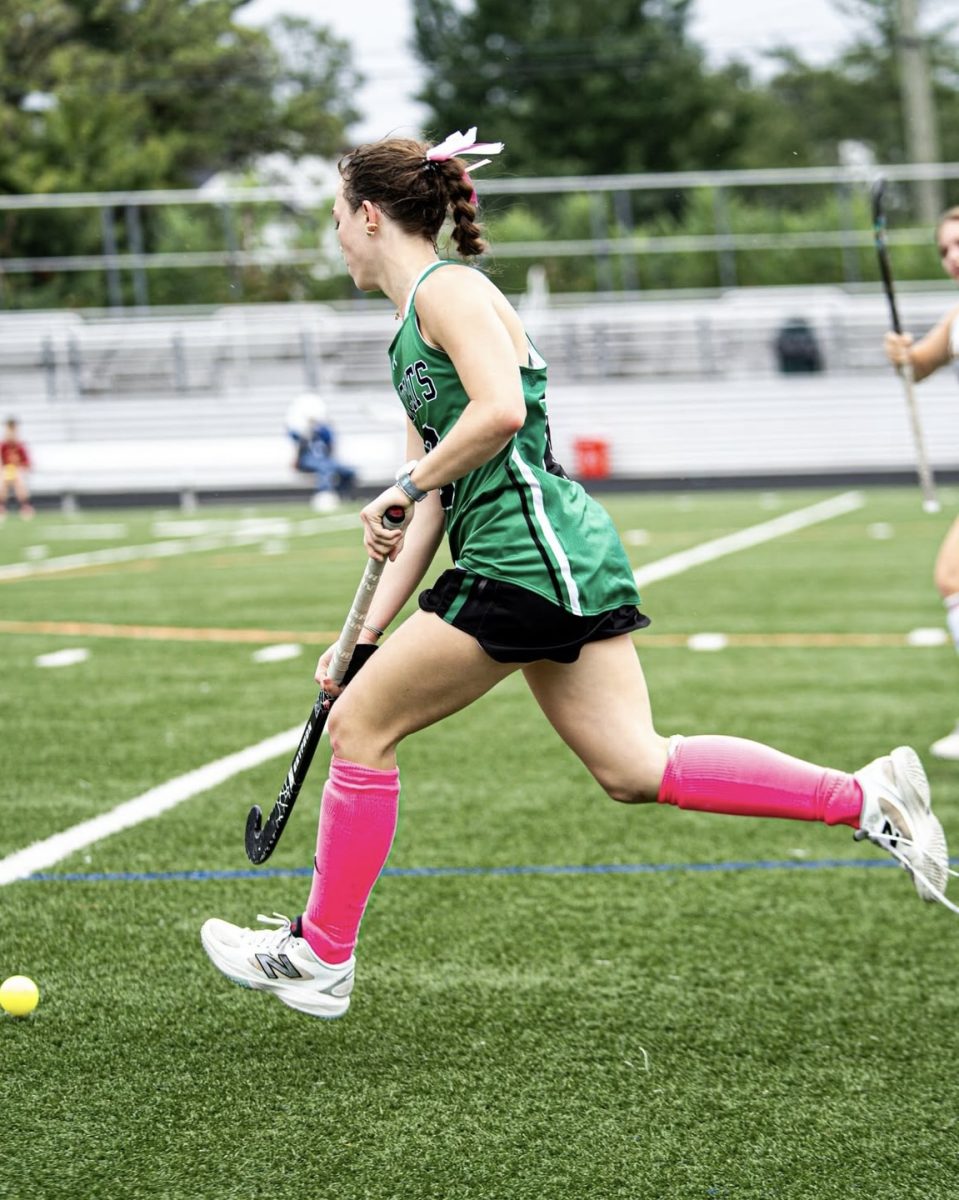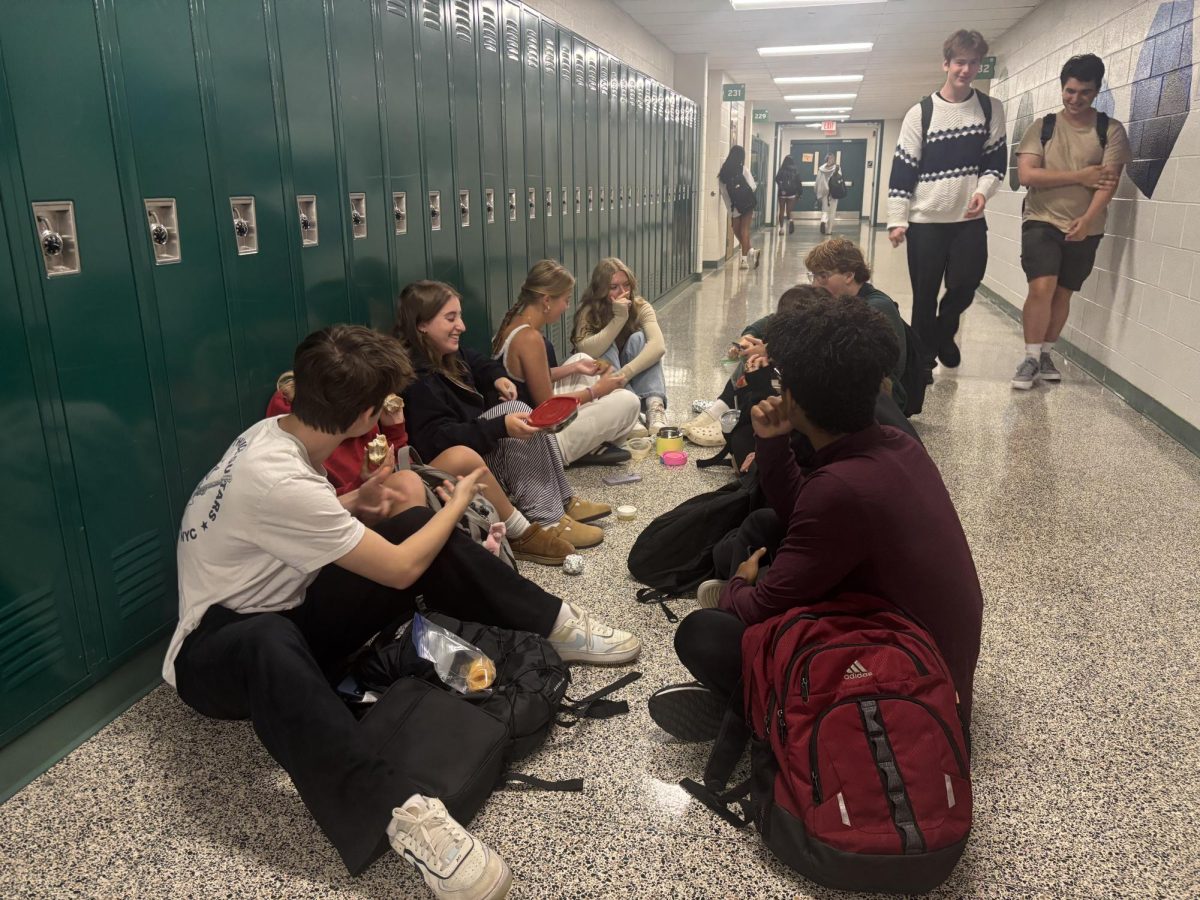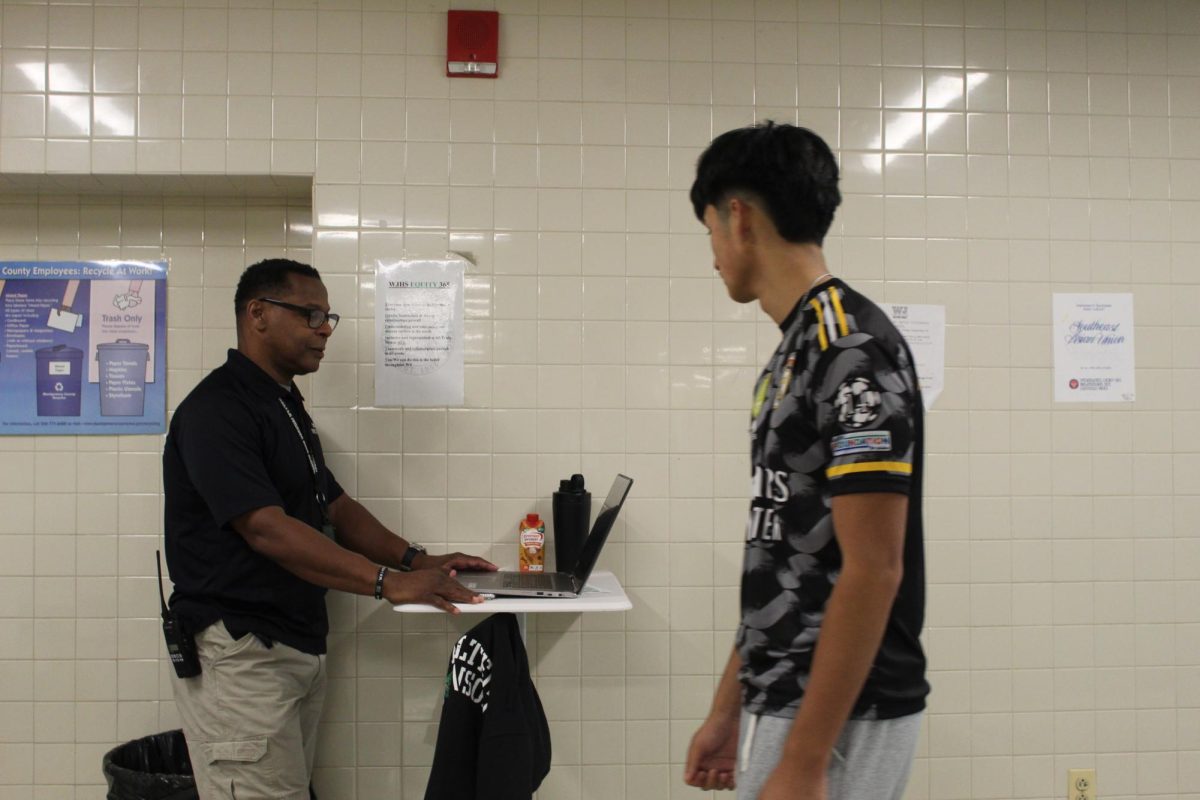As the college application process winds down, so do the stress levels of seniors. However, this process has another overlooked consequence: each college applicant asks about two teachers to write recommendation letters to submit with their materials, leading to teachers being bogged down with extra work on top of grading and teaching.
Physics teacher John Roller has been teaching for five years. Despite being relatively early in his career, he gained the trust of 33 students to write their recommendations. While managing this workload is challenging, Roller has developed a system to stay organized.
“I actually have all the students that I write letters for fill out a Google form,” Roller said. “Between the organization in Naviance and the organization in the Google form, I can keep everything organized.”
Teachers’ processes for writing student recommendations aren’t static. More experienced teachers, like AP US History teacher Katherine Simmons, have adapted their routines. Simmons also has a heavy load, with 19 recommendations to write.
“When I first started writing, I had no idea what I was doing,” Simmons said. “Someone brilliantly gave me a long list of adjectives and it really helped me think about synonyms, so I wasn’t repeating the same word.”
Teachers mainly focus on the unique qualities and interests of students. Simmons, however, also connects these aspects to the student’s performance and participation in her class.
“I also try to include what I remember about them as a student and if there are specific things that they did in my class that stand out to me,” Simmons said. “When we do the debates at the end of the year, or when we have socratic seminars, how are they in [those]? How are they in terms of developing writing skills?”
Like many other students, senior Lloyd Erim was worried when he asked for his letters of recommendation because of how upfront it was.
“I was afraid, like, what if they awkwardly said no or something like that?” Erim said.
Erim’s experience was an overall positive one, however. He felt that he was well-advised and that his teachers communicated well with him.
“Even though it was kind of annoying having to fill out the questionnaires, I feel like it was good because I probably got good responses from them because of that,” Erim said.
Roller and Simmons find that more specific information from students makes it easier for them to write good recommendations.
“I want to show that I know you,” Roller said. “If I don’t know what sport you’re playing, I’m not going to put that in the rec, but if you tell me you’ve been playing baseball for four years and you’re the shortstop on the team, I can write to that a lot better.”
Erim advises current juniors to start forming relationships with teachers from whom they’d want recommendations so they can be efficient throughout the process later on.
“It’s so much easier when you have a good connection with the teacher,” Erim said. “Make sure you ask pretty early so you don’t even have to think about if they reached their quota.”
Categories:
How teachers help students get into college through letters of recommendation
Senior Lloyd Erim works on his application for Pennsylvania State University. Many seniors have had to get recommendations from one or two teachers to meet the requirements of their college applications.
Story continues below advertisement
0
Donate to The Pitch
$656
$1000
Contributed
Our Goal
Your donation will support the student journalists of Walter Johnson High School. Your contribution will allow us to purchase equipment and cover our annual website hosting costs.
More to Discover
About the Contributor

Riley Berkowitz, Print News Editor
Senior Riley Berkowitz is thrilled to be the Print News Editor for his first year on The Pitch. Outside of The Pitch, Riley enjoys playing guitar, watching auto racing and hanging out with friends.


